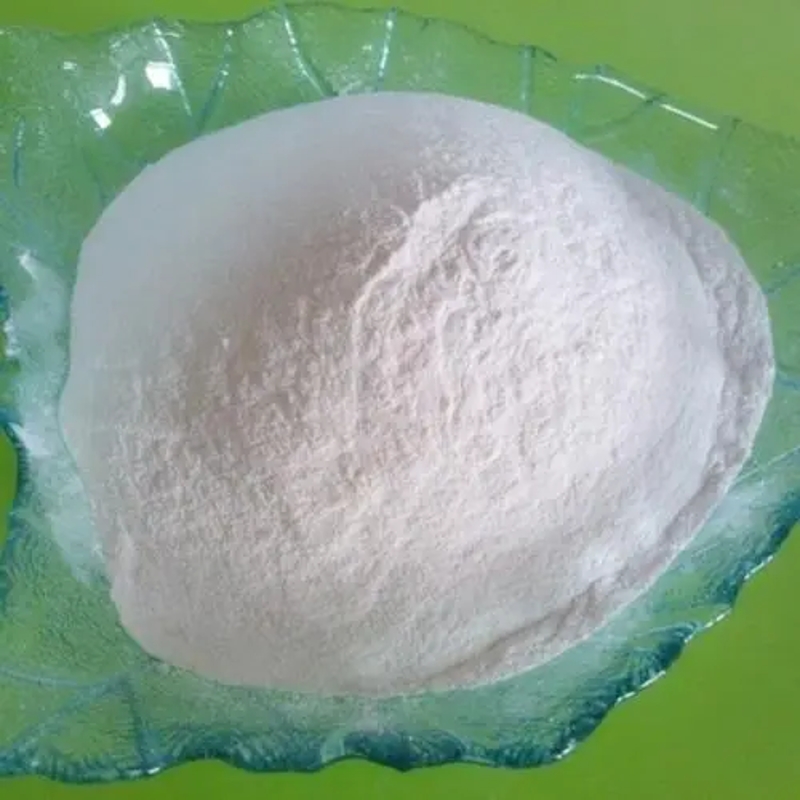-
Categories
-
Pharmaceutical Intermediates
-
Active Pharmaceutical Ingredients
-
Food Additives
- Industrial Coatings
- Agrochemicals
- Dyes and Pigments
- Surfactant
- Flavors and Fragrances
- Chemical Reagents
- Catalyst and Auxiliary
- Natural Products
- Inorganic Chemistry
-
Organic Chemistry
-
Biochemical Engineering
- Analytical Chemistry
- Cosmetic Ingredient
-
Pharmaceutical Intermediates
Promotion
ECHEMI Mall
Wholesale
Weekly Price
Exhibition
News
-
Trade Service
As a relatively common life-threatening disease, intracranial aneurysm (IAs) has a prevalence rate of 3.2% in the general population and up to 85% in patients with spontaneous subcranial hemorrhage (SAH).
diagnosis of potential IA is beneficial for both clinical treatment and the prognosis of patients with cerebral hemorrhage.
and timely and accurate identification of IAs is essential for immediate intervention or surgical treatment in SAH patients.
computer fault scanning angiosis (CTA) as a standard diagnostic tool, is a non-invasive, convenient and reliable method to detect IAs.
, however, the CTA's interpretation is time-consuming and requires professional training.
, excluding IA through CTA remains a difficult and challenging task.
the DL model presented in the study, the researchers built a specific deep learning-based model and trained in 1,177 cases of de-osteo-computer-scanned angiotic angiology verified by digital astrology.
the model's impact on clinical practice in suspected IAs patients in emergency departments has shown that it has good tolerance for image quality and has been tested in different manufacturers.
real-world study of continuous internal and external forces showed that it achieved higher patient and lesions sensitivity than radiologists and neurosurgery specialists.
in a special queue of suspected acute ischemic stroke, the researchers found that the model could effectively reduce workload by predicting 99.0% of negative cases with high degrees of accurateness.
compared to clinicians' assessments, further prospective studies are needed to determine whether the algorithm model can improve patient care.
。







